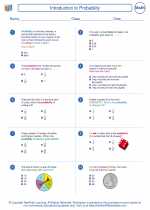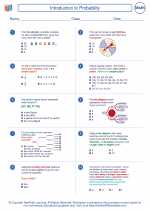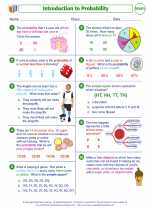Polyhedra
A polyhedron is a solid figure with flat polygonal faces, straight edges, and sharp corners or vertices. In other words, a polyhedron is a 3-dimensional shape made up of polygons.
Elements of a Polyhedron
A polyhedron is defined by its faces, edges, and vertices. Here's a breakdown of these elements:
- Faces: These are the flat polygonal surfaces that make up the polyhedron.
- Edges: These are the straight line segments where the faces meet.
- Vertices: These are the corners where the edges meet.
Types of Polyhedra
Polyhedra can be classified into different types based on the number of faces they have. Some common types include:
- Tetrahedron: A polyhedron with 4 faces, 4 vertices, and 6 edges.
- Hexahedron (or Cube): A polyhedron with 6 square faces, 8 vertices, and 12 edges.
- Octahedron: A polyhedron with 8 triangular faces, 6 vertices, and 12 edges.
- Dodecahedron: A polyhedron with 12 pentagonal faces, 20 vertices, and 30 edges.
- Icosahedron: A polyhedron with 20 triangular faces, 12 vertices, and 30 edges.
Euler's Formula
Euler's formula states that for any polyhedron, the number of faces (F), vertices (V), and edges (E) are related by the formula: F + V - E = 2.
Study Tips for Polyhedra
To master the topic of polyhedra, here are some study tips to keep in mind:
- Understand the properties of different types of polyhedra, including the number of faces, vertices, and edges.
- Practice visualizing and sketching different polyhedra to better understand their structures.
- Memorize Euler's formula and understand how it relates to the characteristics of polyhedra.
- Work through plenty of practice problems and exercises to reinforce your understanding of polyhedra.
- Explore real-world examples of polyhedra in architecture, design, and nature to see their applications.
By mastering the properties and characteristics of polyhedra, you'll be well-prepared to tackle problems and questions related to these 3-dimensional shapes.
.◂Math Worksheets and Study Guides Seventh Grade. Introduction to Probability

 Worksheet/Answer key
Worksheet/Answer key
 Worksheet/Answer key
Worksheet/Answer key
 Worksheet/Answer key
Worksheet/Answer key
 Worksheet/Answer key
Worksheet/Answer key
